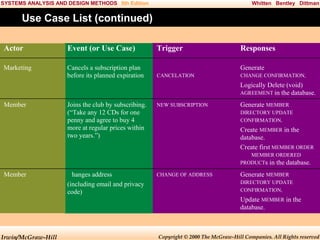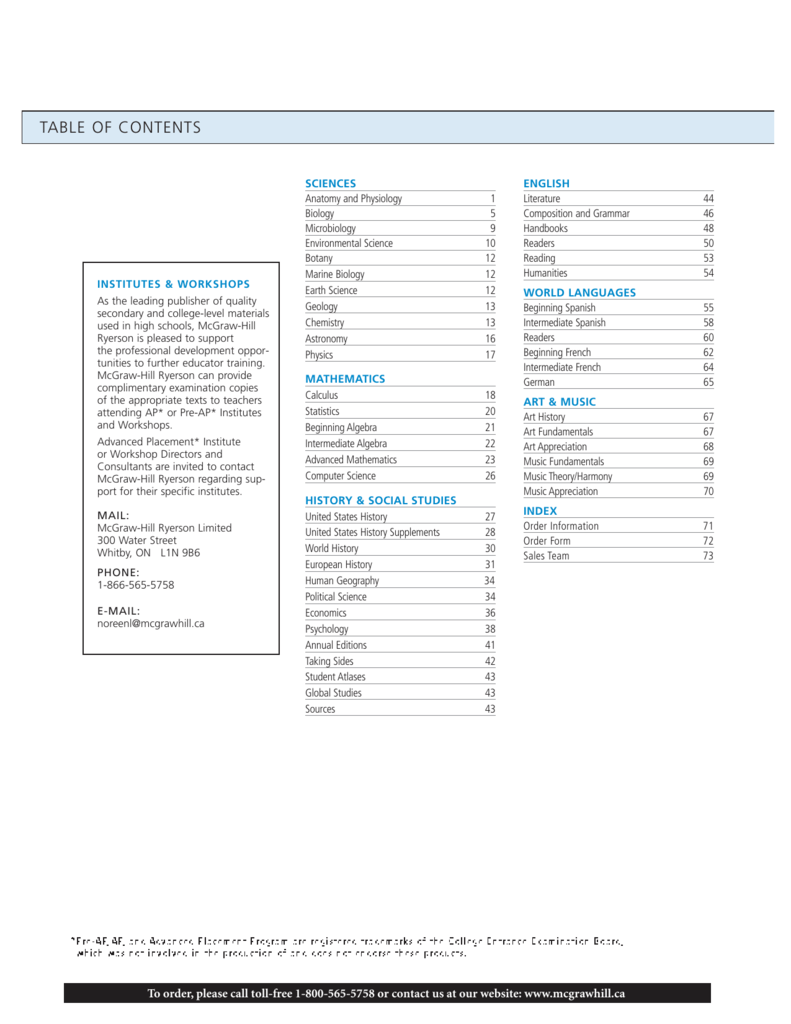

To contact a representative, please visit the Contact Us page at SAT is a registered trademark of the College Board, which was not involved in the production of, and does not endorse, this product. McGraw-Hill Education eBooks are available at special quantity discounts to use as premiums and sales promotions or for use in corporate training programs. Where such designations appear in this book, they have been printed with initial caps. Rather than put a trademark symbol after every occurrence of a trademarked name, we use names in an editorial fashion only, and to the benefit of the trademark owner, with no intention of infringement of the trademark. eBook conversion by codeMantra Version 1.0 All trademarks are trademarks of their respective owners. Except as permitted under the United States Copyright Act of 1976, no part of this publication may be reproduced or distributed in any form or by any means, or stored in a database or retrieval system, without the prior written permission of the publisher. New York | Chicago | San Francisco | Athens | London | Madrid | Mexico City Milan | New Delhi | Singapore | Sydney | TorontoĬopyright © 2018 by McGraw-Hill Education. Understanding Complex Numbers.ĬHRISTOPHER BLACK, MA MARK ANESTIS, MA and the TUTORS of

Working with Rational Expressions.ĬHAPTER 10 The SAT Math: Additional Topics. Working with Quadratics and Other Polynomials. Working with Graphs of Data.ĬHAPTER 9 The SAT Math: Advanced Mathematics. Working with Rates, Ratios, Percentages, and Proportions.

Working with Linear Systems.ĬHAPTER 8 The SAT Math Test: Problem Solving and Data Analysis. Working with Inequalities and Absolute Values. Read the Passage Using the “Three-Pass Approach”.Ĭonstruct Your Thesis and Outline.ĬHAPTER 7 The SAT Math Test: The Heart of Algebra. Make the Rest of Your Sentence Clear and Precise. Make Sure Your Pronouns Are Clear and Precise. The Three Secondary Questions.Īdvanced SAT Reading Techniques.ĬHAPTER 5 The SAT Writing and Language Test.ĭon’t Sweat the Small Stuff. The Power Roots and Affixes for the SAT.ĬHAPTER 4 The SAT Reading Test. The Language of Passion, Emotion, and Sensation. The Language of Wisdom, Strength, and Skill. The Language of Kindness, Favor, and Benefit. The Language of Harm, Deficit, and Decline. The Language of Mystery, Surprise, Adventure, and Discovery. The Language of Creativity and Productivity. The Language of Deceit, Error, and Confusion. The Language of Truth, Truthfulness, and Beauty.

The Language of Extremism and Exaggeration. The Language of Dissent, Criticism, and Rebellion. The Language of Argument, Reasoning, and Persuasion. What should I do the week before my SAT?.ĬHAPTER 3 SAT Vocabulary: The Language of Ideas. How can I get the most out of my SAT study sessions?. What control do I have over my SAT scores?.


 0 kommentar(er)
0 kommentar(er)
